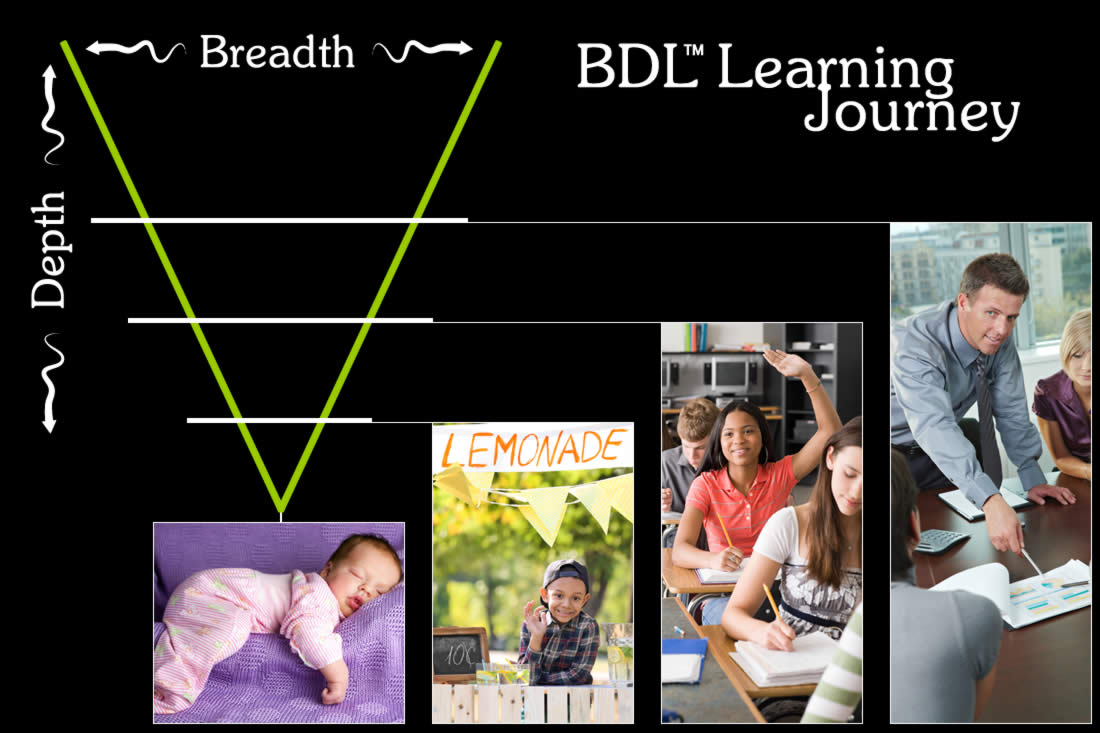Clearview® Performance Systems brings you ...  ® ... a Culture of Results & Engagement®
® ... a Culture of Results & Engagement®
Clearview® Performance Systems brings you ...  ® ... a Culture of Results & Engagement®
® ... a Culture of Results & Engagement®
Here's the next in our series of weekly managerial TIPS (Techniques, Insights, and Practical Solutions)
to help you better engage your team in the activities that lead to higher performance.
CORE Bites Issue #84
(July 21, 2020)

There was a time in the not-too-distant past when people could learn a craft and utilize it for a lifetime—with little or no change.
Fast-forward to today ... a world of increasing globalization, rapidly-evolving technologies, shifting employment demographics, amplified geopolitical influences, and transforming consumer expectations. Against this backdrop, it's easy to see that the how, where, and what of work is changing—exponentially—and why learning agility is an economic imperative and critically important to the success of the organization. A very prescient Alvin Toffler predicted in his book, Future Shock (1970), "The illiterate of the 21st century will not be those who cannot read and write, but those who cannot learn, unlearn, and relearn." What's so compelling about this quote is it would be pretty naïve to think that what someone did yesterday will be sufficient for tomorrow!
The challenge for managers and leaders today isn't whether employees embrace the need for continuous learning. I think most people get that. The challenge today is much deeper and can be exposed through a quick experiment you can do during one of your upcoming team meetings. Ask your team the following question:
"What percentage of your workplace knowledge DIDN'T come from 'formal' training?"
The answer I'm certain you'll hear is "Most of it!" Now, ask this quick follow-up question:
"Where DID most of your learning come from?"
In this case, I can almost guarantee that what you'll hear is "On-the-Job" (or something similar). And this validates the research demonstrating that almost 90% of what a person knows comes from on-the-job experiences and coaching.
So why is this a problem? Let me explain it with one word: DEPTH. Learning by doing one's job means job-specific knowledge will be acquired; job-specific skill sets will be developed; job-specific abilities will be cultivated. All this on-the-job learning increases the depth of knowledge and skills, but what's needed today—from the vantage point of learning agility—is a (much) greater emphasis on BREADTH. Breadth of learning is the foundation of operational excellence, continuous improvement, and innovation. Breadth of learning also results in higher levels of organizational nimbleness—the ability to turn-on-a-dime (when necessary).
In the title of today's CORE Bites, I introduce BDL™ ... Breadth/Depth Learning. The model depicted in the accompanying graphic defines how BDL works. In essence, at the very beginning of time, you were born with no knowledge and skill; you had no breadth nor depth understanding of how the world operates. As you progress through life, from early childhood, elementary and advanced schooling, and on into the workplace, notice how the BDL 'V' portrays not only the depth of learning but also the breadth.
Stimulating the brain with breadth learning has several positive outcomes, including enhancing the cognitive ability of the individual, increased problem-solving ability (and memory), greater resilience and adaptation capability (e.g., less hurdles during transitions to new practices or technologies), eliminating myopic-thinking (e.g., pushing your organization forward by learning new skills), greater skills sharing and knowledge continuity. And breadth learning also identifies self-sustaining career progression opportunities.
The BDL™ Learning Journey is about creating and maintaining a positive attitude to learning both for personal and professional development. Interestingly, these two reasons are not mutually exclusive; personal development can improve employment opportunities (Employed versus Employable) and professional development can enable personal growth. Everyone wins!
In the real world of work, breadth learning is rare. Managers face too many demands and have tight time constraints, so most coaching focuses on depth—developing the necessary skills to satisfy the immediate need. This week (starting today), try including some BDL elements into the discussions you have with your employees. Here are a couple to get you started:
1. Create a BDL™ Plan: Introduce the BDL Learning Journey model to your entire team. Discuss how each person may have different life experiences but that each reached this point in his/her life by experiencing BOTH breadth and depth learning. Then, on an individual basis, discuss breadth areas that would be advantageous to both the employee and to the organization. Create a timeline of activities to help expose each member of your team to the rich breadth learning that exists in your organization (this should not be hard to find!). The following questions may help:
2. Competency-Explicit Mentoring: Many mentoring programs miss the mark by not determining the exact purpose or intention of the mentoring. To increase Breadth Learning, pick a specific Breadth competency from the BDL Plan and determine who would be in the best position to provide a short-term intervention specifically focused on this one Breadth competency. Interestingly, unlike typical mentoring programs, many of these mentors may be at a peer level, or in positions lower in the hierarchy. The LEARNING is everywhere!
I'd love to hear how these HVAs work for you!
Neil Dempster, PhD, MBA
RESULTant™ and Behavioral Engineer
"I am always doing that which I cannot do, in order that I may learn how to do it."
— Pablo Picasso —
